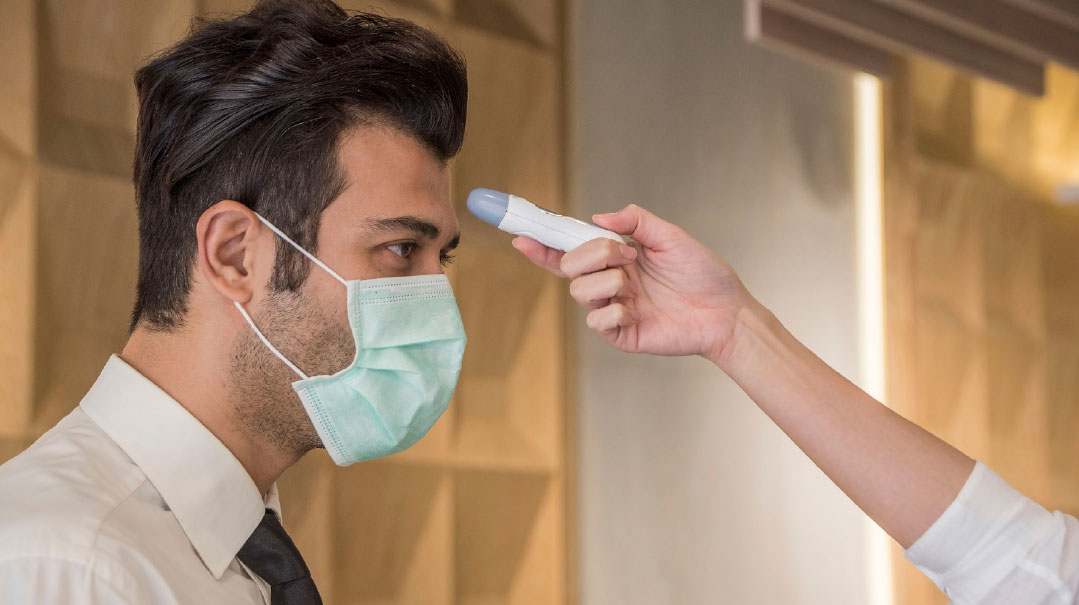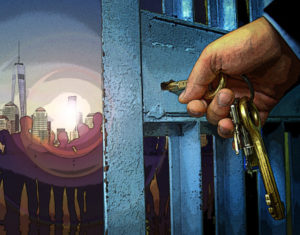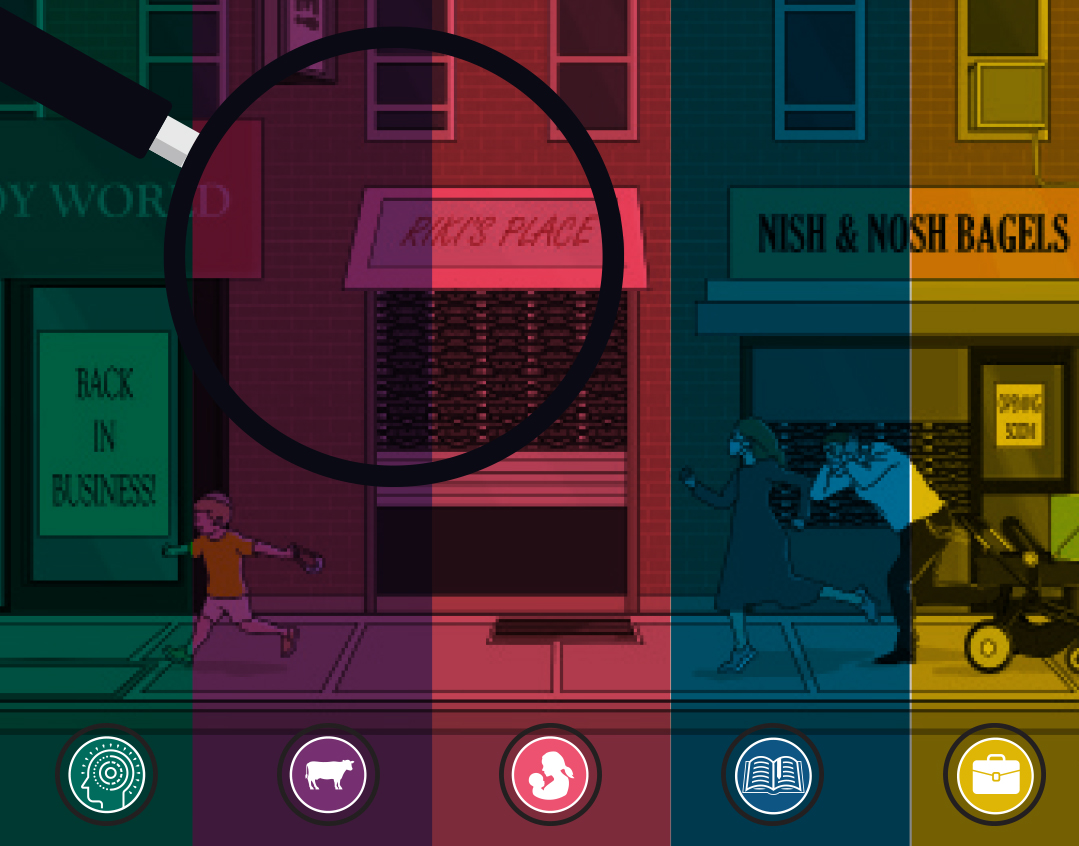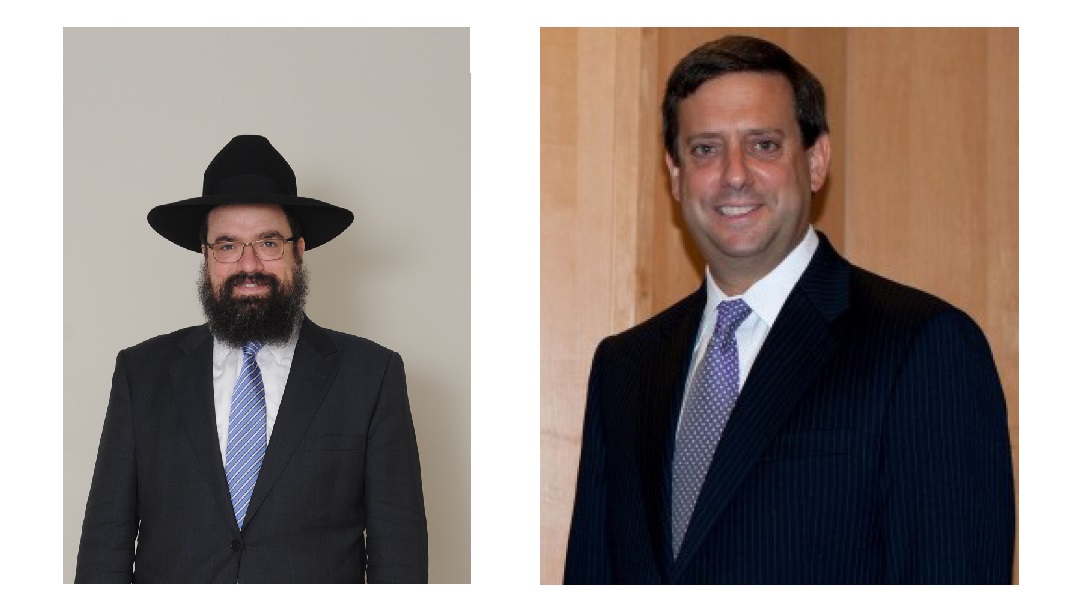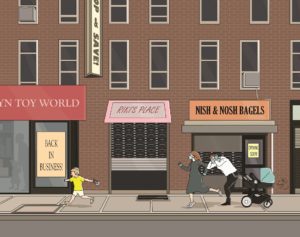Panic Gone Viral

Coronavirus: Is there an end in sight for the pain and havoc caused by a microscopic pathogen?

Photos: AP Images
It started in a far-off Chinese province whose name sounds as foreign as the disease it spawned. But the virus that Wuhan begot is now a looming pandemic, a microscopic pathogen that is spreading panic and death everywhere it lands.
Little is known about this new strain of coronavirus — known as Covid-19, after Coronavirus disease 2019, the year it emerged — aside for the videos seen in China in its early days, at the end of December. People were dropping dead on the street, and healthcare workers were afraid to handle the bodies. On Friday, the number of cases worldwide hit 100,000, and nearly 3,400 have died.
Will this new, rapidly spreading strain rival the deadly Spanish flu outbreak of 1918? Or will it amount to a temporary blip that will disappear as warmer weather arrives?
We just don’t know, said Dr. Reuven D. Cofsky, chief of infectious diseases at Brookdale Hospital in Brooklyn. The only two facts that count, he added, are that coronavirus is much more contagious than flu, and that viruses tend to burn out in the heat of summer.
“The mortality rate for flu is 0.16 percent,” Dr. Cofsky said. “So for the 30 million people in the United States who get the flu every year, the mortality rate is a bit over 30,000. As for the mortality for corona so far — I’m going to mention the numbers in Italy because I trust those numbers more than I trust those from China — Italy so far had about 3,000 cases, with 107 deaths. So you’re talking about a mortality of over three percent. That’s an 18-fold increase over flu.
“Put it this way,” he added. “It’s significantly more fatal than flu.”
Since the conversation with Dr. Cofsky, the number of cases reported by Italian authorities jumped to over 7,000, with over 300 deaths at press time, with the number steeply rising each day surpassing the three percent mortality rate.
“You have to preface whatever you write with the words, ‘That may change very rapidly,’ Dr. Cofsky said. “A lot the things we were told a week ago are obsolete in terms of epidemiology. It may change by the time you finish talking to me and the time you publish. It will, in fact.”
Italian Prime Minister Giuseppe Conte on Saturday imposed a sweeping lockdown on Lombardy, its largest and wealthiest region, and over a dozen nearby regions, putting 16 million people and the major cities of Venice and Milan under the restrictions. The lockdown means that gyms, pools, museums, and ski resorts are shut, and weddings and funerals are postponed.
Oops! We could not locate your form.







